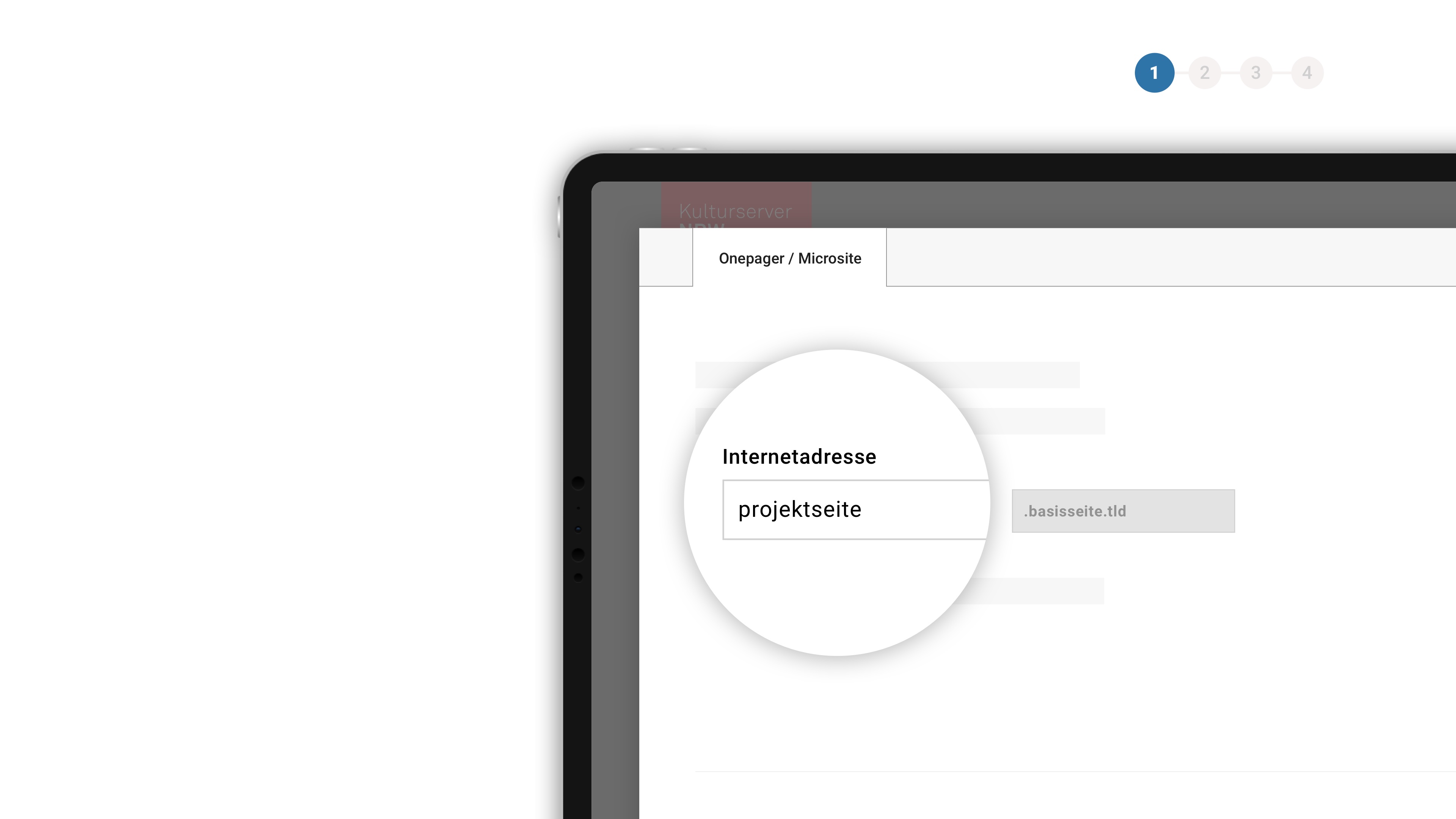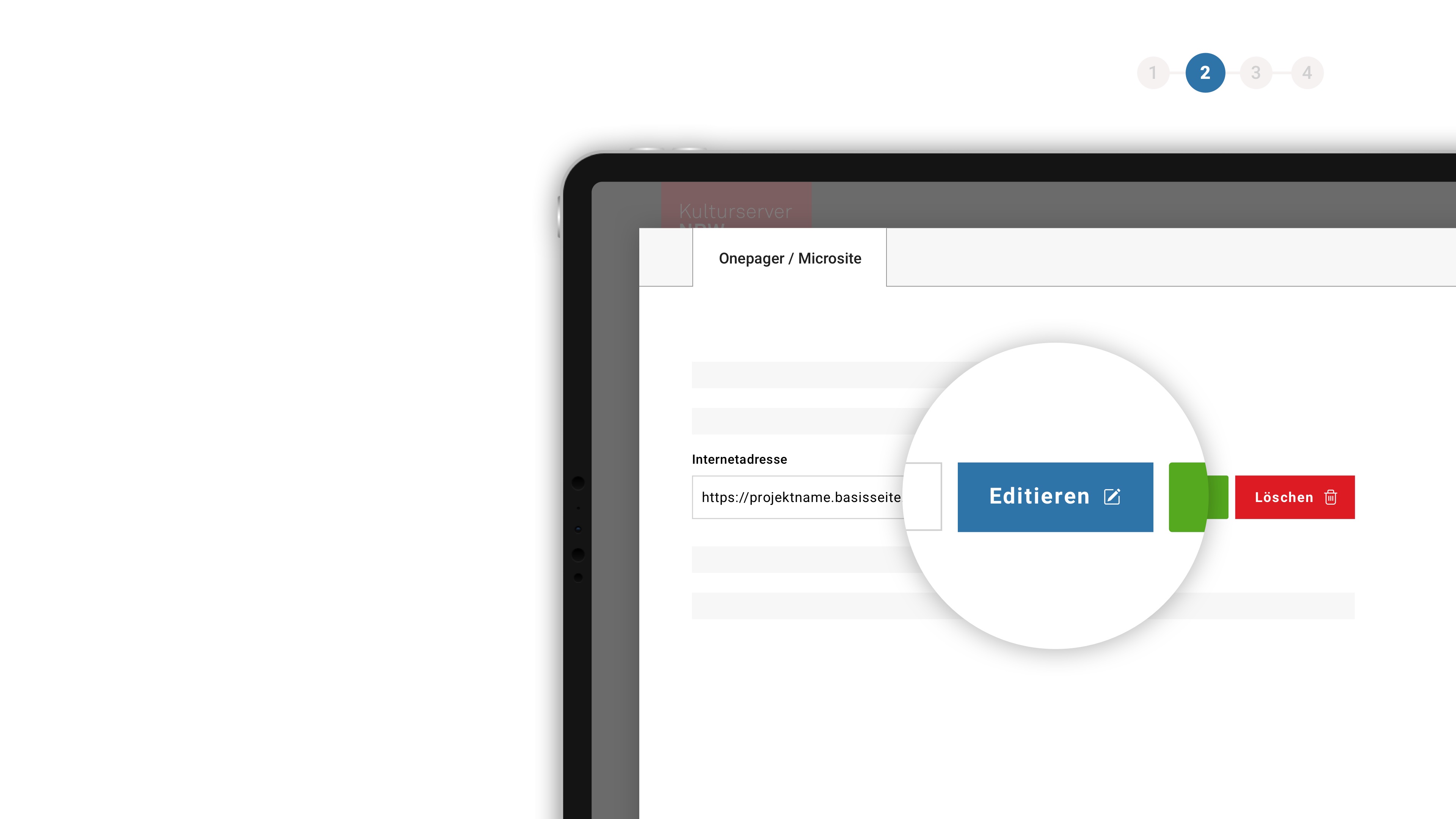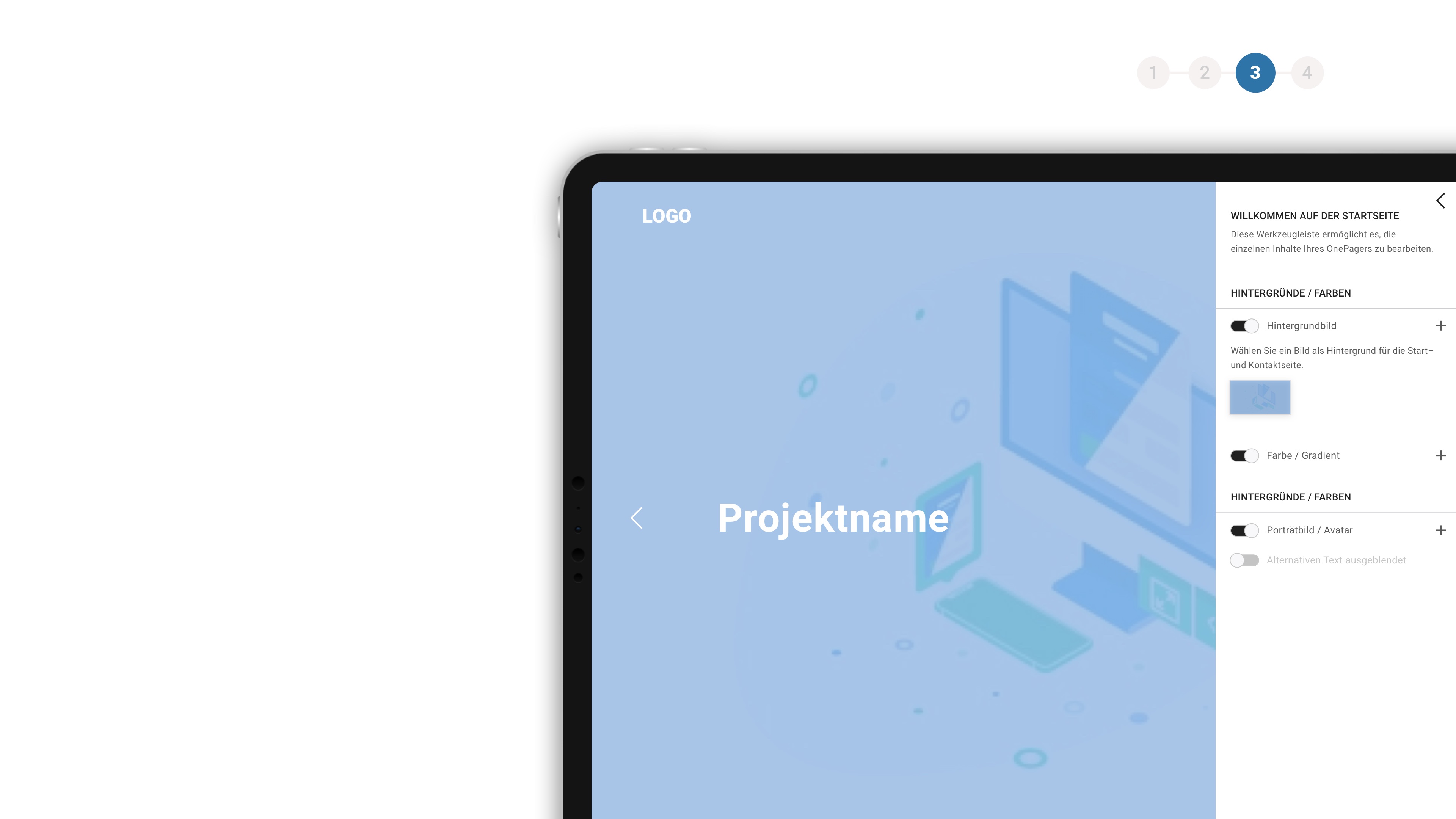Wie erfindet man eine Oper? - Deutsche Oper Berlin
How do you create an opera?
Composer Rebecca Saunders is writing musical theatre for the first time. Fortunately, she’s not alone. A visit to her home in Prenzlauer Berg
At the end of our interview, Rebecca Saunders bends over the piano and the score. The notes are written in pencil, her first opera not yet complete. “See here, the actress recites the lines very precisely but then she goes back to singing. I put her in the bass clef because she has such a deep voice.” Saunders is talking about Katja Kolm, who will appear first. Saunders also frequently discusses the three female singers as though they were solo instruments: the alto of Noa Frenkel, the coloratura soprano Anna Prohaska, the soprano of Sarah Maria Sun. She keeps the particular strengths of these individual performers in mind when composing. “The music should fit the singers like their own skin.”
Skin and body are familiar metaphors for the British composer, who has been distinguished with the Ernst von Siemens Music Prize – the “Nobel Prize of modern music”. For example, concert pieces she has written include “Skin” and “Scar, Bite, Flesh”. The body, and in particular its limitations, stand out in her work. In LASH, tension on the skin plays a major role, between the inner and outer worlds. “It’s about the longing to have experiences that overcome existential loneliness. These include sexual experiences.”
It begins with death, or a near-death experience. The entire opera is a sort of flashback of the four women, depicted by the actress and the three singers. They ask questions about life. “Questions that haven’t been asked.” The desire to depart from one’s own skin and to have experiences that offer connection, metaphysical experiences, frequently arises. Sex becomes a stand-in for religious or merely shared experiences in order to leave one’s own body. Saunders sips on her tea and nods.
It is this concept of community that is behind the work. As sensual as Saunders’ music and the theme of the project is, this unusual approach to opera is also contemporary. In the world of theatre, a project traditionally involves individuals from various artistic disciplines contributing their talents throughout a long process. But is it possible for everybody to have a say in opera, a world so heavily dependent on the division of labour?
The libretto was written by the British video artist, performer and writer Ed Atkins, with whom Saunders has worked in the past. “Ed’s incredibly expressive language is virtually dripping with sensuality, although Samuel Beckett is very important to both of us and his language was both extremely condensed and delicate at the same time,” says Saunders. Indeed, the theme of retrospection is reminiscent of Beckett’s Krapp’s Last Tape. “Yeah, we talk about that, it’s true.” Yet even the creation of the libretto for LASH changes when Saunders and the British-Irish directing duo Dead Centre think about set designs. The pair behind Dead Centre are Bush Moukarzel and Benn Kidd, who have already directed a contemporary work for the Deutsche Oper Berlin: Giorgio Battistelli’s IL TEOREMA DI PASOLINI.
“Composing is lonely work,” says Saunders. “So it’s all the more pleasant to seek out and speak in concrete terms with musicians and colleagues. Unfortunately, Dead Centre aren’t composers, I have to do that myself!” she adds with a laugh.
It can be heard in the music how themes have been interwoven and converted into dialogue. “For a long time, I didn’t dare write for human voices. But I came to learn that instruments are just solo voices for me.” And vice versa! Now Saunders is enthusiastic as she discusses the singers’ qualities that inspire her so when writing. “For example, Anna Prohaska sings early music beautifully, so I made some additions to the melody that you can hear in her arias in the first act.” Has Saunders also tailor-made any motifs for the singers? “Yes, but the individual characters are also interwoven with each other musically.” It’s almost as though the four women merge into one individual by the end.
The header for the first act is “Love”, the second is “Mute”. Yet this is precisely where the orchestra reaches its climax. In the third act, “Loss”, all limitations on the music are gone. “I spread the music throughout the entire theatre. The soloists return from the grave and perform a duet with the singers on the stage. I’m still considering whether the actress will have four bass drums at her side.”
In the second circle, high up in the auditorium, are two speakers. This is because there are electronics in LASH, but not sounds pre-produced in the studio. Saunders is too interested in instruments being played live. “We have two analogue synthesisers, old Korg organs. We’re still tinkering with the sound. I have one like that here at home, in the next room.”
She leans over the score again. If death is so present in LASH, does it also have its own sound? “It’s hard to ask the dead that. We know more about love, about sex. With these, silence itself can be the sound, the silence at the eye of the storm.”
Tobi Müller is a freelance culture journalist and author. He writes and speaks about pop, visual arts and digital matters for DIE ZEIT and DLF Kultur, among others, and leads roundtable discussions





